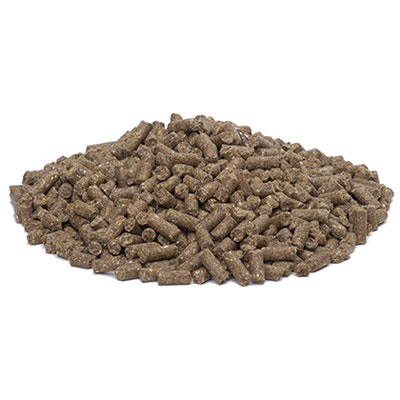Dairy Advice
Condition Scoring
Condition score at calving is a target that many people focus on, with the aim to have mature cows at a condition score of 5.0 and first and second calvers a half a condition score fatter, at 5.5. The aim is to add condition gradually over the season, with no sudden losses or gains. By the time you get to drying off you should have cows as close to calving condition as possible, and you should avoid sudden losses at calving – losing more than one condition score can negatively affect ability to peak early or even reach milk production potential.
Condition is somewhat of a balancing act. If it is too low at calving, i.e. below 5.0, there will be impacts on milk production, reproduction and ultimately cows’ health and welfare. However, if it is too high you can run into health issues such as metabolic problems, so staying as close to 5.0 as possible is the best policy. Also, make sure you don’t just look at the averages for the herd: individuals that have strayed too far below or above the desired level of 5.0 should be managed separately.
DairyNZ recommends you condition score cows at four key times of the year, but measurements during summer and autumn are the most important. A December assessment will allow you to plan your autumn management, and one around the end of February will allow you to assess if your plan is working and make decisions on drying off and other management options, such as once a day milking or preferential feeding of lighter cows. The other two recommended measurement times are before calving – to see if your autumn management plan worked – and at the planned start of mating, to see how much condition has been lost at calving.
The levels of different milk components can be an indicator of condition loss. If your milk fat percentage is higher than predicted early in the season, it may indicate that a cow is losing more weight than expected, through utilising body reserves, and her diet should be adjusted to supply more energy.

Production Push
Rumen bypass protein provides more amino acids for milk production. This helps to maintain milk volume and milk solids.

